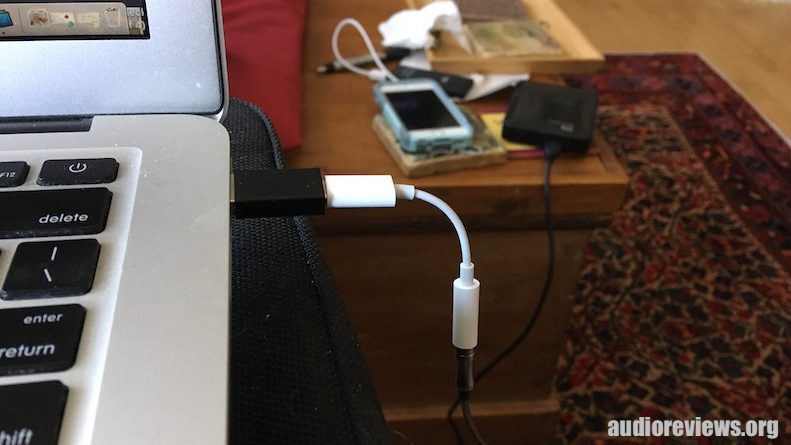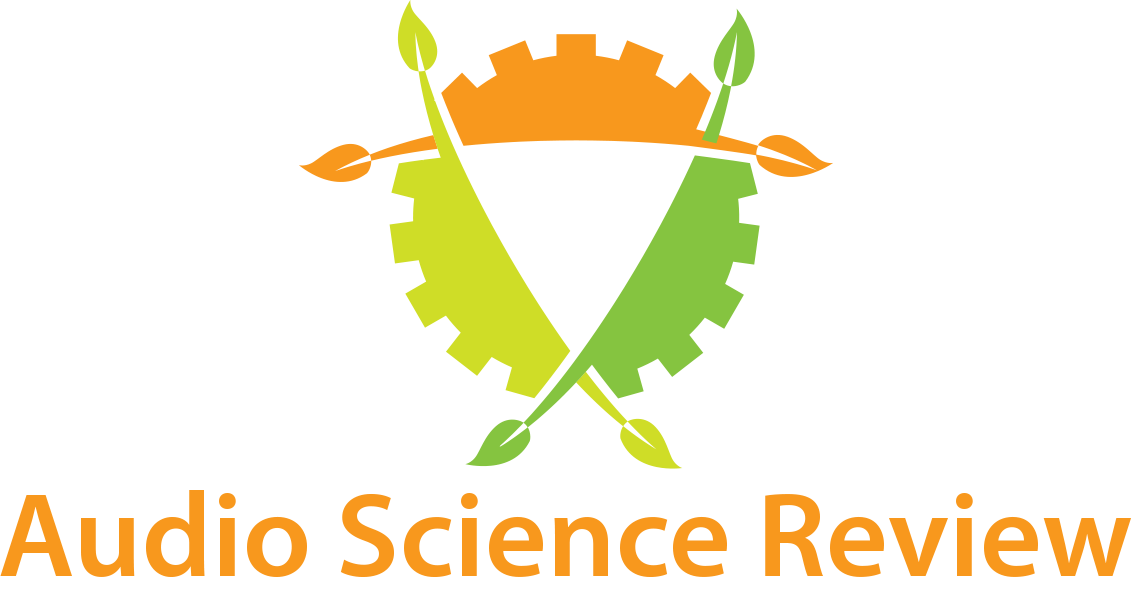This is a review, detailed measurements and comparison of Apple's USB-C adapter to the current and last version of Google Pixel headphone adapters. The Apple adapter costs just $9 including one day shipping for free. The Google dongle costs $12.
Not that any of these are large by any stretch but Apple's is also the smallest of the three:
Oddly there is no apple logo or markings on the device. The others don't have it either but I thought Apple would insist on that.
All three adapters work in Windows with the appropriate adapter and that is how I tested them, allowing my analyzer to fully control and quantify their performance.
Format wise, Apple's supports the key ones:
View attachment 18461
So very similar to Google Pixel V2 and better than V1 which only supported 48 kHz.
Note that volume control in Windows is active at all times even if you use WASAPI exclusive mode!
Not much else to talk about than getting into measurements.
Measurements
As always, let's start with our dashboard view at maximum volume:
View attachment 18462
Oh wow! That is good. Very good for a dongle. Here is how the SINAD compares:
View attachment 18463
As you see, it leaves both Google dongles in the dust. Mind you, built-in DAC in LG G7 ThinQ is much better still so Android fans don't need to kill themselves.

Clearly someone cared about audio performance here in design of Apple dongle.
Let's look at jitter:
View attachment 18464
That's massively lower noise floor and distortion spikes than the Google pixel V2.
Seeing how this is a semi-serious DAC performance, I thought I run some adult tests on it like Linearity:
View attachment 18465
Most excellent again for something that is tinier than your fingernails!
Here is Dynamic Range:
View attachment 18498
The most important metric for these is how much power they have. There was some criticism of my Google Pixel measurements so I decided to remeasure them and refine the graphs and setting. While Google Pixel V2 repeated its past performance, the V1 produced less power. I don't know what is up with that. But here is the data anyway:
View attachment 18467
The Apple USB-C headphone dongle betters both in noise. It then proceeds to produce much more power than Google Pixel V2 and a bit more than V1.
Here are the results for much more stressful 33 ohm load:
View attachment 18468
Here the noise performance is similar but the Apple Dongle has a commanding lead over both Google dongles with respect to power.
Putting these in a graph we get this (sorted by 300 ohm power):
View attachment 18469
As we see, the Apple USB-C adapter even beats the small thumb drive sized Audirect Beam!
Story doesn't end here. Let's look at the output impedance:
View attachment 18470
At 0.9 ohm, the Apple USB-C dongle has near ideal output impedance whereas Google V2 is far higher at 7.6 ohm.
Listening Tests
I started my listening tests with my AKG K92 headphones. Here, there was ample power with excellent fidelity when using the Apple headphone adapter. Hard to imagine this much oomph coming out of such a tiny thing. The extra power was very audible as compared to Google V1 and V2. I am listening to the Apple dongle as I am typing this, having to keep the Windows volume control at just 18 out of 100 on my headphone electronic music.
Switching to high-impedance 300 ohm Sennheiser HD-650 nearly killed performance. The sound was OK but bass is week and dynamic range just not there. Here my reference is more powerful desktop and battery operated portables.
Finally I tested the Hifiman HE-400i. This wasn't nearly as loud and dynamic as AKG K92 but still quite good!
Bottom line: if you have a lower impedance headphone or an efficient one, there is no reason to apologize for using the Apple headphone adapter.
Conclusions
It is time for us Android users to crawl under a rock.

Apple showed us that a bit more thought and engineering put in a dirt cheap and small audio product can produce respectable performance. The objective performance gap with Google dongles especially with their regression to version 2 is vast. This is both on objective front and subjective listening tests.
Note that my testing is all on Windows. I attempted to test on my Samsung S8+ and got odd results. Using both Google dongles, all they did was route the not so good sound of the internal DAC through the dongle (???). With Apple dongle I got music but level was very low. So if you plan to use the Apple dongle on an Android phone, you should do some compatibility testing.
FYI I have two other dongles to test in the future. For now,
I can recommend the Apple USB-C headphone adapter. For many people it may replace the portable thumb drive dac+amps.
Now please forgive me as I go drown out my sorrows as an ex-Microsoft guy having to recommend an Apple product....
-------------
As always, questions, comments, recommendations, etc. are welcome.
If you like this review, please consider donating funds to support these reviews using either:
Patreon (
https://www.patreon.com/audiosciencereview), or,
upgrading your membership here though
Paypal (
https://audiosciencereview.com/foru...eview-and-measurements.2164/page-3#post-59054).



